In my previous post, 5 Nutrients You’re Deficient In… If You Eat Too Much Sugar, I talked about the harmful effects of excess sugar on certain micronutrients, and touched upon an interactive effect between fructose and vitamin D (and by consequence, calcium, since it’s dependent on vitamin D for absorption and regulation). This interaction so important (and fascinating!) that in this post, I want to expand the discussion and take a more detailed look at the interplay between fructose and these two essential nutrients!
Table of Contents[Hide][Show]
When it comes to the relationship between sugar and chronic diseases, we usually look at the direct impact sugar has on blood glucose, insulin, overeating, and weight gain. But, mounting research shows that vitamin D might be a mediator for some of the harmful effects of sugar (especially fructose) on our health.
It all starts when UVB radiation hits our skin and triggers the generation of vitamin D3 from cholesterol in our cells (or, when we consume a vitamin-D-containing food like fatty fish or egg yolks). Vitamin D in the form of D3 or D2 doesn’t actually have much biological activity in our bodies, so it gets passed on to our liver and kidneys to get hydroxylated into the most usable form of vitamin D, 1,25-dihydroxyvitamin D3 (also called calcitriol). From there, vitamin D goes on to work its magic—supporting skeletal health, working with parathyroid hormone, modulating inflammation, and performing other crazy-important functions.
True to its name, vitamin D in the form of calcitriol also plays a critical role in all things calcium! It regulates active calcium transport in the intestine, helping increase its absorption from food (in fact, without enough vitamin D, we can only absorb about 10 to 15% of the dietary calcium we eat!!!). When calcium levels get too low in the blood, vitamin D also increases tubular reabsorption in the kidneys so that less calcium gets excreted in the urine. It’s seriously a hard-working vitamin!
So, that means that when we talk about vitamin D, the discussion isn’t complete without also bringing calcium into the picture. These two nutrients are inextricably linked, and getting sufficient amounts of both of them is vital for supporting a number of body functions (yes, it’s not all about our bones!). Without enough vitamin D, calcium is wasted or excreted by the body instead of getting incorporated into tissues, and without enough calcium, vitamin D must draw minerals from skeletal tissue in order to prevent blood levels of calcium from dipping dangerously low. So, anything that threatens our levels of vitamin D or calcium is a major health concern. And that brings us back to… fructose!
Fructose: A Micronutrient Zapper
Here’s where fructose comes into play. Researchers have discovered that when we consume high levels of fructose (in quantities only possible from sweetened beverages and processed foods—we’re not talking about mangoes and apples here!), an enzyme called 24-hydroxylase (which is responsible for degrading vitamin D3) becomes more active, while another enzyme, 1α-hydroxylase (which helps synthesize vitamin D) becomes less active. The result is that our bodies start breaking down more vitamin D while simultaneously creating less of it. And that, in turn, causes calcium regulation to get thrown out of whack, with less calcium making it out of our food and into our bones, teeth, and blood. Our bodies must then release calcium from our skeletal tissue to compensate. Sounds like a recipe for disaster, right? Yes, spending more of our lives indoors than at any time in human history is only part of the reason that 75% of Westerners are deficient in vitamin D! Let’s look at some of the ways this chain of events can manifest!
Osteoporosis
Although there are plenty of ways the Standard American Diet and lifestyle can contribute to poor bone health (insufficient vitamin A and K2, sedentary living, lack of sun, excessive alcohol, and certain medications, just to name a few!), a high fructose intake may also play a role in osteoporosis through its effects on vitamin D and calcium. In fact, some researchers uphold that fructose is part of the reason soft drinks often show up correlated with fractures and bone density in population studies.
In order to maintain healthy nerve and muscle function (including the cardiac muscle), our bodies fight really hard to keep calcium levels in our blood within a specific range, drawing it from any place necessary (particularly skeletal tissue) if blood levels dip too low. (For the sake of immediate survival, it’s more important to have a beating heart than to have strong bones!) When the body senses low levels of blood calcium, the parathyroid gland secretes calcium-regulating parathyroid hormone (PTH). Along with increasing the amount of calcium resorbed by the kidneys, parathyroid hormone stimulates osteoclasts, a type of cell that breaks down bone tissue in order to release calcium into the blood, and prompts the body to produce more calcitriol so that more dietary calcium can be absorbed from food.
Normally, this process works just fine as long as there’s sufficient calcium in the diet. The increased dietary absorption facilitated by calcitriol makes it so that only limited amounts of skeletal tissue have to get broken down to release calcium (in other words, it’s not a huge deal for our bones). But, when fructose intake is at an unhealthy level, things stop working so smoothly! Because fructose triggers higher levels of vitamin D-degrading hormones (and lower levels of vitamin-D synthesizing hormones), our bodies have less vitamin D available, and therefore have a harder time forming calcitriol. And, that means that calcium absorption from food gets curbed as a result.
Because our bodies will do everything in their power to prevent calcium levels in our blood from tanking, the major alternative is to start drawing more calcium from our bones to put back into the bloodstream. Boom: suddenly we enter a state of bone-tissue breakdown, because of a chain of events initiated by excess fructose. Over time, skeletal health becomes compromised, and the risk of osteopenia, osteoporosis, and fracture may go up.
Nutrivore Weekly Serving Matrix
An easy-to-use and flexible weekly checklist
to help you maximize nutrient-density.
The Weekly Serving Matrix is very helpful! I’ve been eating along these lines but this really helps me know where to focus vs. which foods serve a more secondary role. It’s super helpful and has taken a lot of worry out of my meal planning. Thanks!
Jan
(This also means that, as counter-intuitive as it seems, blood calcium levels have almost nothing to do with how much calcium is in our diet! If those levels are too low or high, it’s generally a result of vitamin D status, parathyroid hormone disorders, or another health condition.)
Prostate Cancer
Another scary consequence of a high-refined-fructose diet is its potential effects on prostate health. The prostate is full of vitamin D receptors, and hormonally active vitamin D (calcitriol) can help protect against prostate cancer through a number of mechanisms (for instance, contributing to cell cycle arrest, reducing inflammation, increasing cancer cell death, and inhibiting nuclear factor-κB signaling, which results in lower production of new blood vessels—an important factor in cancer progression). Basically, vitamin D is such a big player in prostate health that researchers are starting to test it as a therapy for people with early or precancerous prostate disease!
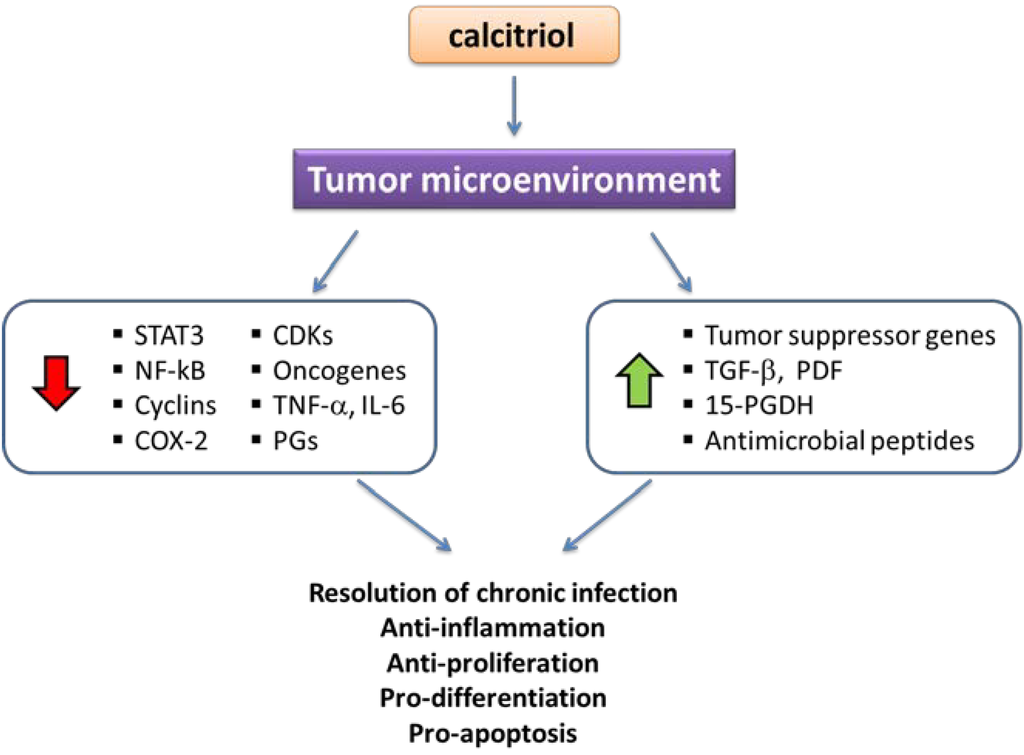 When vitamin D levels get suppressed through high fructose consumption, those protective mechanisms disappear, and risk of prostate cancer has the potential to rise. (It’s important to keep in mind, though, that naturally occurring sources of fructose like fruit are also packaged with tons of phytochemicals that exert strong anti-cancer effects. So, the foods we have to worry about here are heavily processed items like sodas, packaged sweets, and other items with an abnormally high fructose content but low nutrient density like agave nectar and inulin fiber-based sweeteners.)
When vitamin D levels get suppressed through high fructose consumption, those protective mechanisms disappear, and risk of prostate cancer has the potential to rise. (It’s important to keep in mind, though, that naturally occurring sources of fructose like fruit are also packaged with tons of phytochemicals that exert strong anti-cancer effects. So, the foods we have to worry about here are heavily processed items like sodas, packaged sweets, and other items with an abnormally high fructose content but low nutrient density like agave nectar and inulin fiber-based sweeteners.)
Fatty Liver Disease
In recent years, a number of studies have shown a link between vitamin D deficiency and non-alcoholic fatty liver disease (NAFLD) in both children and adults, a condition where extra fat builds up in the liver cells. (Fatty liver disease has been found in alcoholics for a long time, but only in the last 35 years has it shown up in children and people with low alcohol consumption.) Although fructose is believed to be directly involved in the progression of NAFLD (by increasing the production of hepatic fat and inflammation), this is another instance where vitamin D may be mediating some of the detrimental effects of this sugar!
Here’s how it works. Normally, vitamin D can help prevent liver fibrosis (a component of non-alcoholic fatty liver disease) by reducing transforming growth factor (TGF)-β signaling. When excessive fructose intake suppresses levels of vitamin D in the body, the ability for vitamin D to interfere with that signaling decreases—leading to greater susceptibility to liver fibrosis and liver damage. And it doesn’t end there! Low levels of vitamin D (whether caused by fructose or inadequate sun exposure) actually make the inflammatory effects of fructose more potent, and as a result, exacerbate its contribution to NAFLD. So, a vicious cycle is created between fructose and vitamin D in the progression of this disease!
What it Means For Us
From looking at the literature, we might conclude that the effects of fructose (at least when it comes to the mechanisms discussed here) can be offset as long as we’re getting plenty of vitamin D. This is only part of the story, though! Vitamin D is already a precious nutrient that most of us don’t eat (or synthesize) enough of (at latitudes 40 degrees north or higher, there isn’t enough UVB radiation for people to produce much vitamin D for the entire winter season), and it’s better to simply have a diet and lifestyle that supports healthy vitamin D levels than to “make up” for excessive refined fructose by going crazy with vitamin D supplements. Plus, excessive fructose can exert detrimental effects through avenues completely separate from vitamin D and calcium, so a moderate intake is better than a high intake for other reasons as well.
Given the extensive roles that vitamin D have in our bodies and the huge percentage of Westerners who are deficient, it’s always a good idea to get tested and then make adjustments (more vitamin D-rich foods, more sunlight, supplements…) to correct diagnosed deficiencies (it’s important to follow up too!).
When it comes to moderating fructose consumption, keep in mind that when we eat a whole-foods diet (where the major fructose sources are fruit and honey), it’s really hard to consume enough fructose to create deficiencies and damage our health. Plus, a little fructose in our diets has some great health benefits (like improving glycogen repletion after working out). In other words, we really shouldn’t be afraid of that bowl of cherries! As I previously discussed in Is Fructose a Key Player in the Rise of Chronic Health Problems?, sticking below 40g of fructose from whole foods sources per day is a great target. For reference, that’s what you’d get from 1.3 whole mangoes, 3.5 apples, or 5.5 cups of blueberries! Yes, 2-5 servings of fruit per day (closer to 2 in you’re choosing higher fructose-content fruits like mango versus 5 if you’re choosing lower fructose fruits like berries) is perfectly fine! (Note: starchy veggies and fruits like plantains also contain some fructose. If you’re worried that you might be eating too much, try keeping a food journal for a few days.) The Standard American Diet, on the other hand, is chock full of fructose due to the food industry’s tendency to use it as a primary ingredient in, well, just about anything! (Food manufacturers love fructose because it’s cheap, easy to produce, and the sweetest of all natural sugars. Hello, sales and profits! Average American intake is over 55 grams daily!) So, if you need another reason to stick to a nutrient-dense whole foods-based Paleo diet and avoid the traps of the modern Western diet, there you have it!
And of course, this handy dandy infographic of Paleo sources of fructose:
Citations
Beilfuss A, et al. “Vitamin D counteracts fibrogenic TGF-β signalling in human hepatic stellate cells both receptor-dependently and independently.” Gut. 2015 May;64(5):791-9.
Christakos S, et al. ” Vitamin D and intestinal calcium absorption.” Mol Cell Endocrinol. 2011 Dec 5;347(1-2):25-9.
D’Erasmo E, et al. “Calcium homeostasis during oral glucose load in healthy women.” Horm Metab Res. 1999 Apr;31(4):271-3.
Douard V, et al. “Chronic high fructose intake reduces serum 1,25 (OH)2D3 levels in calcium-sufficient rodents.” PLoS One. 2014 Apr 9;9(4):e93611.
Douard V, et al. “Dietary fructose inhibits lactation-induced adaptations in rat 1,25-(OH)₂D₃ synthesis and calcium transport.” FASEB J. 2012 Feb;26(2):707-21.
Douard V, et al. “Excessive fructose intake causes 1,25-(OH)(2)D(3)-dependent inhibition of intestinal and renal calcium transport in growing rats.” Am J Physiol Endocrinol Metab. 2013 Jun 15;304(12):E1303-13.
Giovannucci E, et al. “Calcium and fructose intake in relation to risk of prostate cancer.” Cancer Res. 1998 Feb 1;58(3):442-7.
Johnson RJ, et al. “Potential role of sugar (fructose) in the epidemic of hypertension, obesity and the metabolic syndrome, diabetes, kidney disease, and cardiovascular disease.” Am J Clin Nutr. 2007 Oct;86(4):899-906.
Krishnan AV & Feldman D. “Molecular pathways mediating the anti-inflammatory effects of calcitriol: implications for prostate cancer chemoprevention and treatment.” Endocr Relat Cancer. 2010 Jan 29;17(1):R19-38.
Lemann J, et al. “Evidence that glucose ingestion inhibits net renal tubular reabsorption of calcium and magnesium in man.” J. Clin Invest. 1970 Apr;75(4):578-85.
Lennon EJ & Piering WF. “A comparison of the effects of glucose ingestion and NH4Cl acidosis on urinary calcium and magnesium excretion in man.” J Clin Invest. 1970 Jul;49(7):1458-65.
Lennon EJ, et al. “The effect of glucose on urinary cation excretion during chronic extracellular volume expansion in normal man.” J Clin Invest. 1974 May;53(5):1424-33.
Roth CL, et al. “Vitamin D deficiency in obese rats exacerbates nonalcoholic fatty liver disease and increases hepatic resistin and Toll-like receptor activation.” Hepatology. 2012 Apr;55(4):1103-11.
Williams EAJ, et al. “Low calcium and high fructose diet diminish the quality of circumferential long-bone growth.” Bioengineering Conference (NEBEC). 2013; 39th Annual Northeast:227-228.

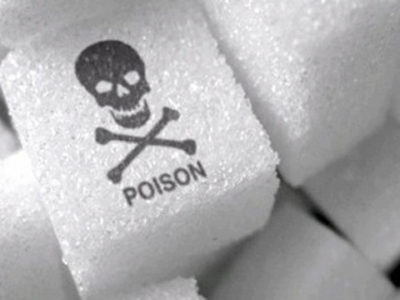
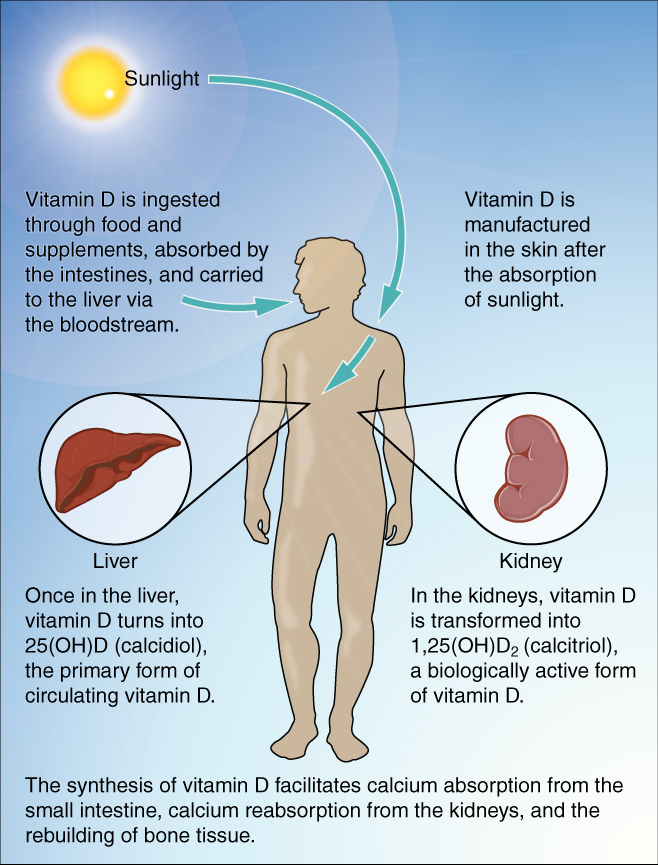
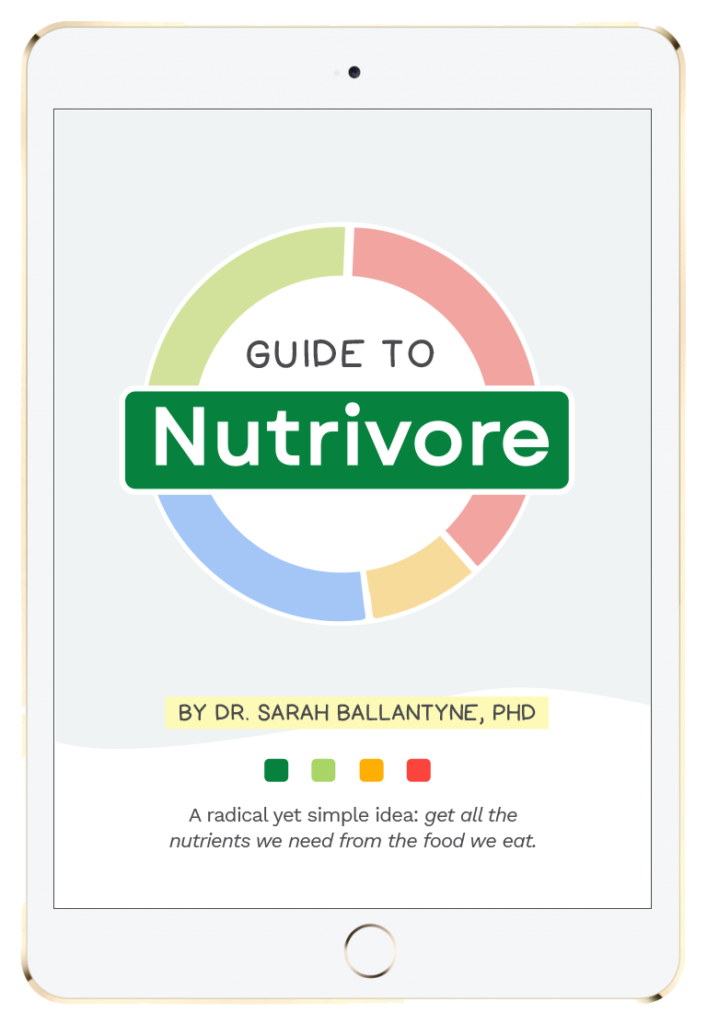
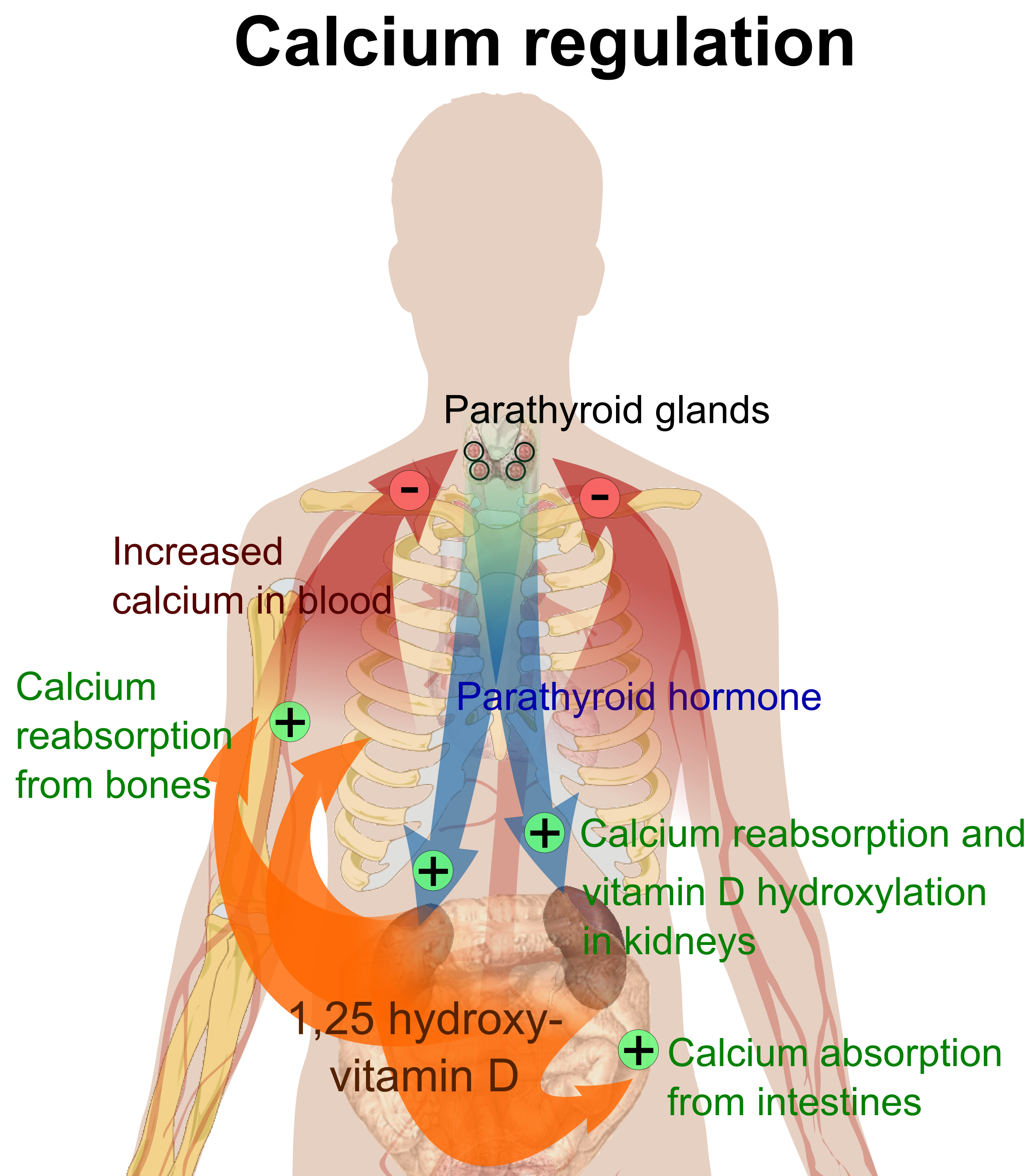

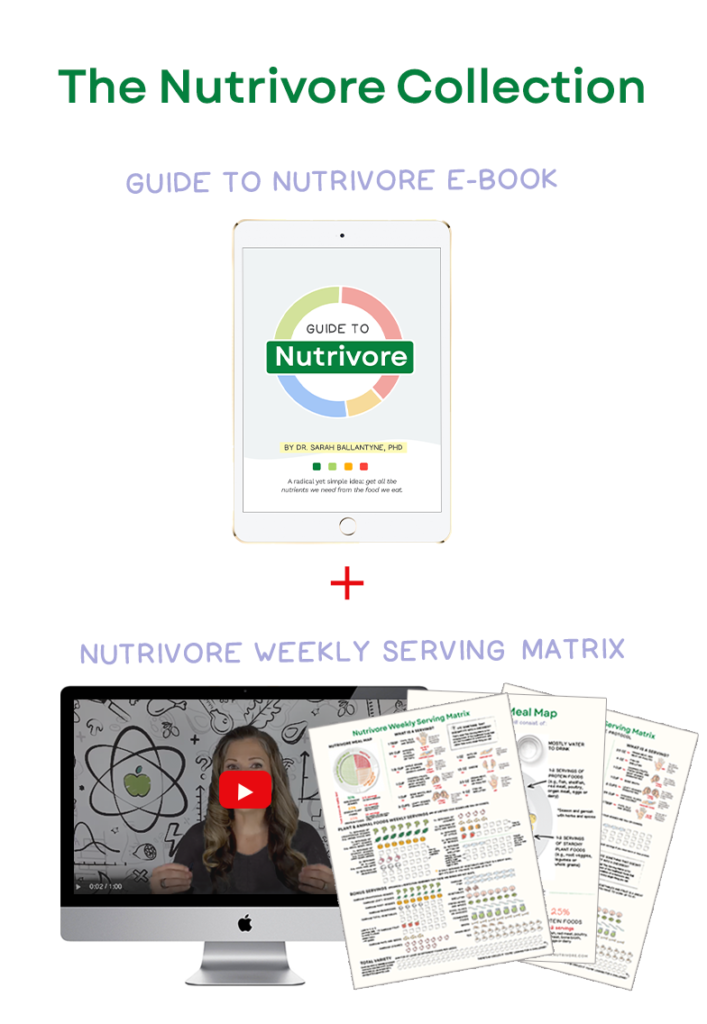
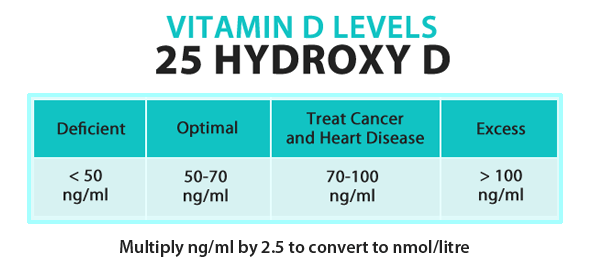
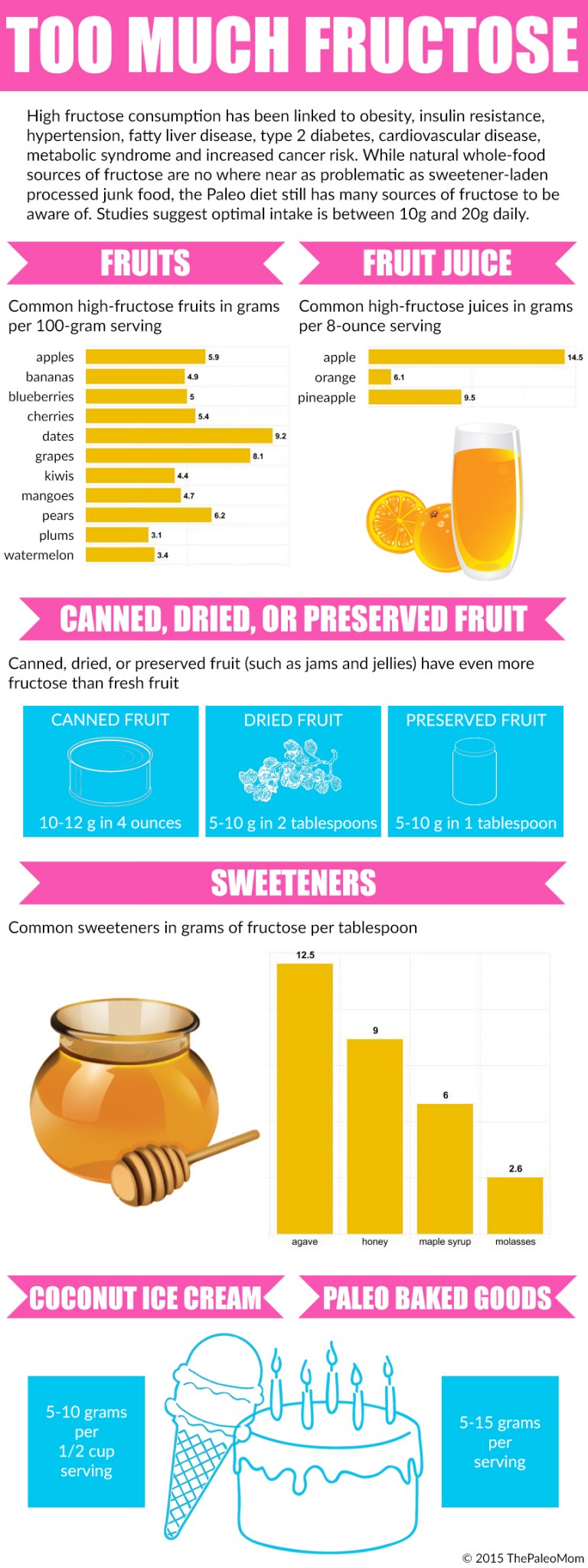
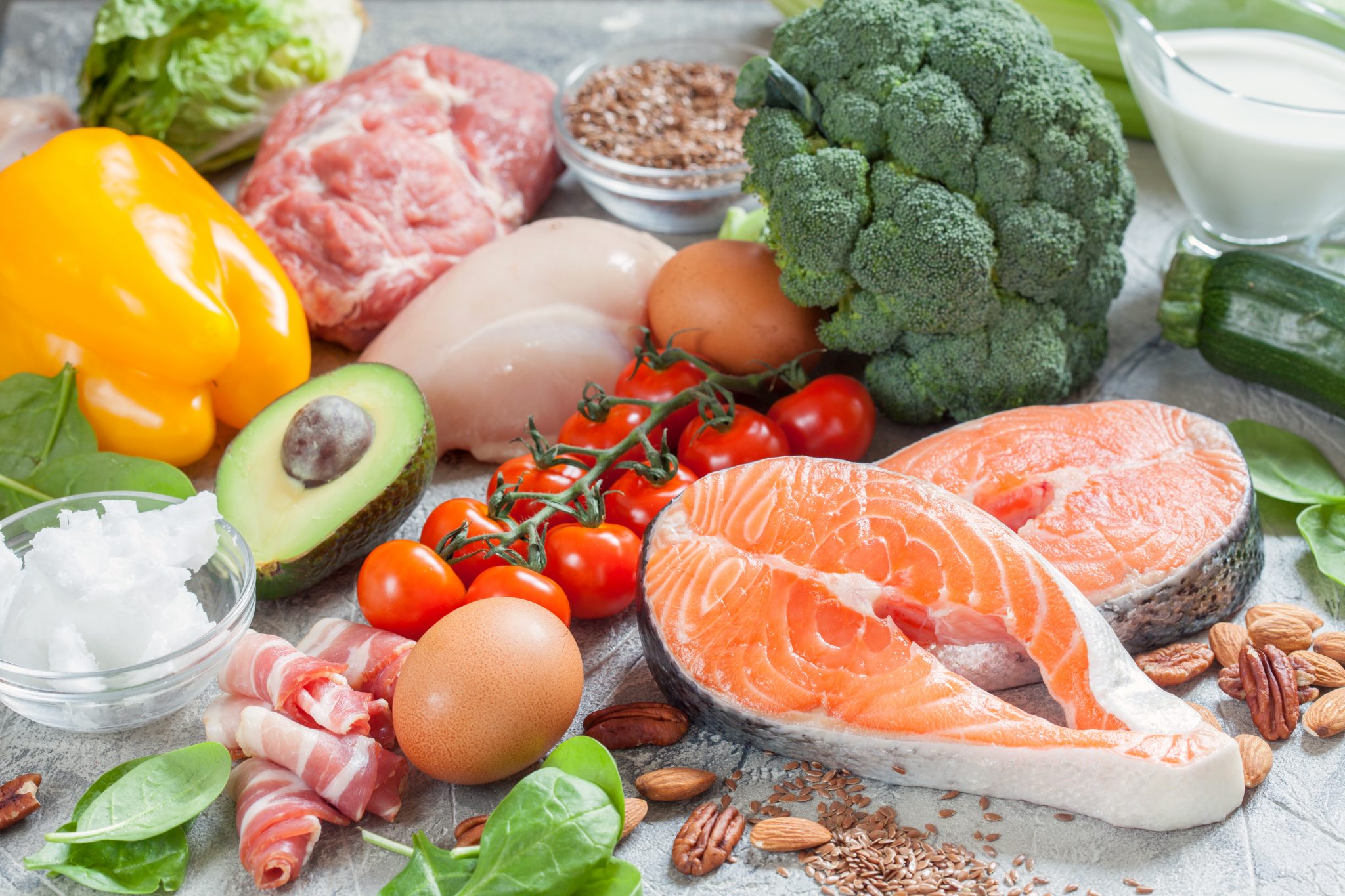

 TPV Podcast, Episode 179, Check In + A Big Thank You
TPV Podcast, Episode 179, Check In + A Big Thank You